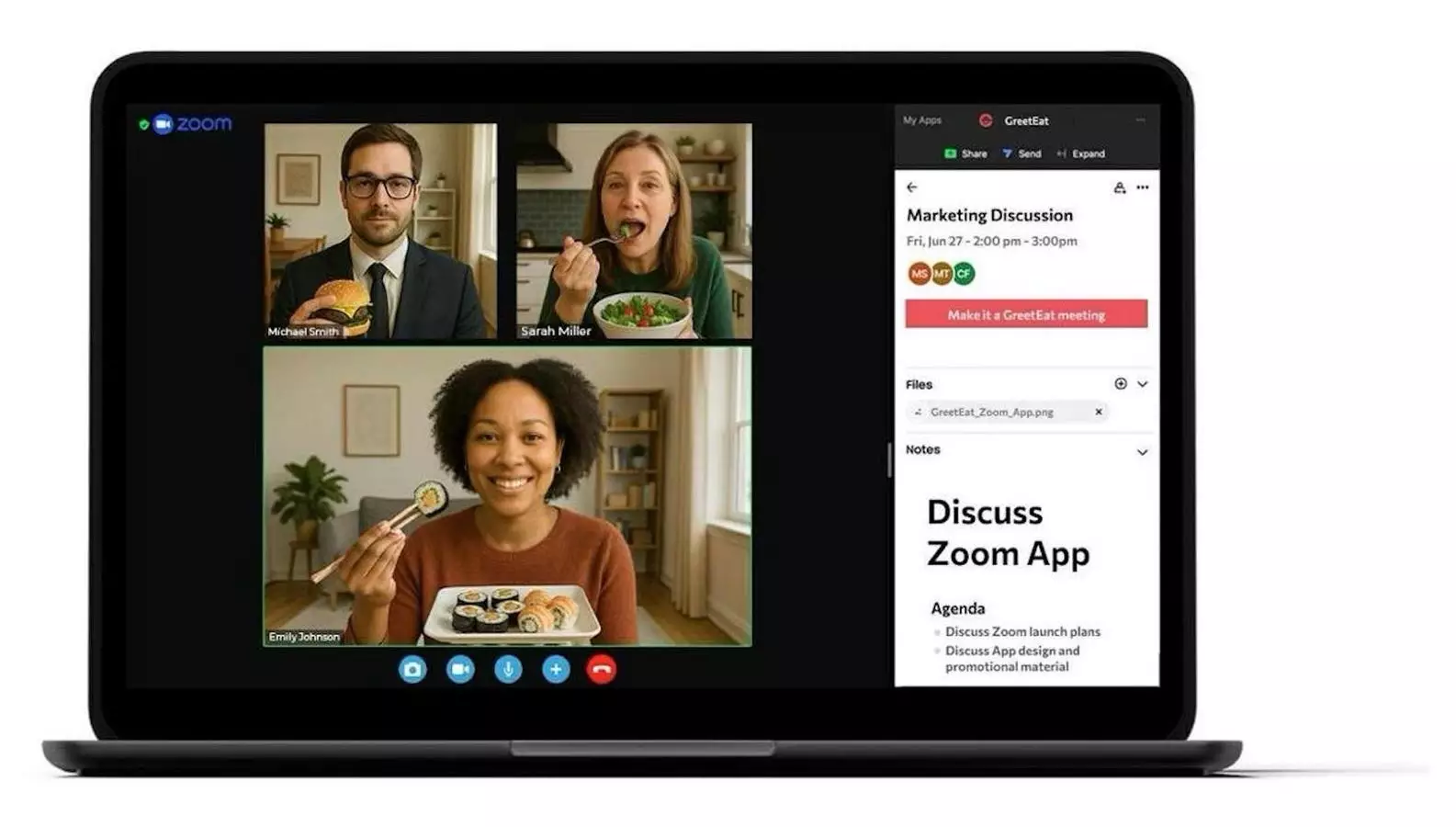As the world rapidly shifted to remote work during the pandemic, one critical aspect of office culture quietly vanished—communal dining. The casual camaraderie built over lunchtime conversations, coffee breaks, and after-hours snacks suddenly became a relic of the past. While video conferencing replaced in-person meetings, it failed to replicate the social rituals that foster trust and connection. This disconnect underscored a fundamental flaw in remote work: the erosion of human touch and the subtle social signals that build camaraderie.
In this landscape of digital isolation, Vishal Patel recognized an overlooked but powerful element—food. His keen insight, rooted in his background in technology, communication, and logistics, laid the foundation for a solution that could bridge the gap. Patel envisioned returning the conviviality of shared meals to the virtual workspace, not by mere coincidence but through deliberate, innovative design. This vision eventually culminated in GreetEat, a platform that aims to reintroduce the social fabric of dining into the remote work experience.
Reimagining Corporate Culture through Virtual Dining
GreetEat stands out because it marries technology with a simple but profound human need: connection. The platform’s core innovation lies in facilitating shared meals during virtual meetings, leveraging the ubiquity of food delivery services like Uber Eats. Attendees receive a digital voucher, order from a local restaurant, and with a click, join a meeting where everyone is enjoying their meal—together, apart. It’s a subtle yet powerful reintegration of social rituals that previously shaped office life.
The beauty of GreetEat isn’t just in its concept, but in its streamlined execution. Managing meal logistics—ordering, reimbursement, receipts—has historically been a cumbersome obstacle. GreetEat addresses this by offering a unified interface that simplifies the entire process. Companies bill directly through HR, removing the administrative headache and making shared meals an effortless component of the remote workday. By doing so, it transforms a well-intentioned perk into a strategic tool for fostering engagement and loyalty.
This approach signals a broader shift, emphasizing that food isn’t merely a convenience but a strategic element of corporate identity. When employees eat together—whether virtually or in person—they form bonds that extend beyond productivity metrics. Patel’s assertion that food acts as a “cultural equalizer” resonates: it transcends hierarchy, department boundaries, and remote barriers alike.
Addressing the Disconnection in a Digital Era
The significance of shared meals goes beyond nourishment; it’s about building trust and shared identity. Harvard Business Review notes that virtual meetings often lack the warmth and intimacy of face-to-face interactions, especially those formed around shared experiences like dining. Patel emphasizes that virtual environments need to replicate this human touch to foster genuine relationships, which in turn can boost morale, collaboration, and ultimately, productivity.
GreetEat’s strategy isn’t isolated amid a sea of piecemeal attempts—virtual cook-alongs, food stipends, or casual happy hours. Unlike these scattered efforts, GreetEat’s platform provides a scalable, seamless solution that integrates directly into corporate workflows, making shared dining a recurring, effortless event rather than an occasional novelty. Its partnerships with major delivery services and upcoming integrations with HR systems represent a commitment to embedding this model into everyday work life.
The broader implications are noteworthy. As remote work continues to be a mainstay, organizations must find innovative ways to nurture culture and community at scale. Shared meals—once a simple part of office life—are now being reimagined as digital experiences. This could redefine what corporate culture means in a remote-first world, emphasizing kindness, connection, and authenticity over mere efficiency.
The Power of Food as a Productivity and Retention Tool
Counterintuitively, what might seem like a trivial perk—free food—has measurable impacts on employee productivity and satisfaction. Data from ezCater and others highlight that employees work better and feel more valued when their employer invests in their well-being, including through food provisions. Yet, in the relentless rhythm of remote schedules, many workers neglect proper breaks, risking burnout and reduced effectiveness.
Patel argues that food should be regarded as a core component of workplace strategy, comparable to wellness programs or productivity tools. It’s a universal language that invites participation and fosters inclusivity. Companies that recognize and leverage this can cultivate a more vibrant, cohesive remote culture. In essence, shared meals are a subtle yet potent method to humanize the digital workspace—something technology alone cannot replicate.
Early results from GreetEat are promising; higher attendance, improved engagement, and decreased administrative burdens demonstrate its potential. Moreover, this approach appeals particularly to younger workers, for whom flexibility and authentic experiences rank highly in job satisfaction. In an era where talent competition is fierce, offering innovative solutions like virtual shared meals may give organizations a competitive edge.
The Future of Connection in Remote and Hybrid Work
At its core, GreetEat challenges the assumption that physical proximity is necessary for meaningful human interaction. It champions the idea that through deliberate design, digital environments can foster genuine social bonds. While it doesn’t replace in-person connection entirely, it provides a scalable framework to ensure remote employees remain engaged, valued, and part of a larger community.
Vishal Patel’s confidence that food remains a universal connector underscores a critical insight: the fundamental human need for shared experiences persists, even in a digital age. If anything, the pandemic revealed how much we crave authentic connection amid screens. Platforms like GreetEat represent a bold step towards restoring that essential human element, making remote work not just functional but also fulfilling.
By redefining the role of food in corporate culture, we may be witnessing the beginning of a new paradigm—one where shared meals are recognized not just as social niceties but as vital strategic tools that drive connection, culture, and collaboration across distances.


Leave a Reply